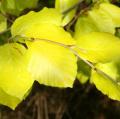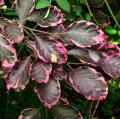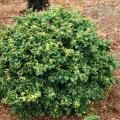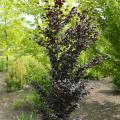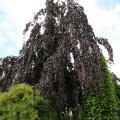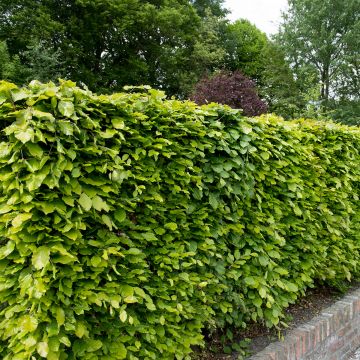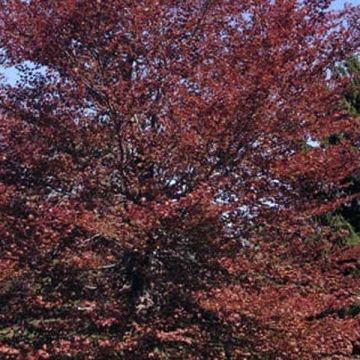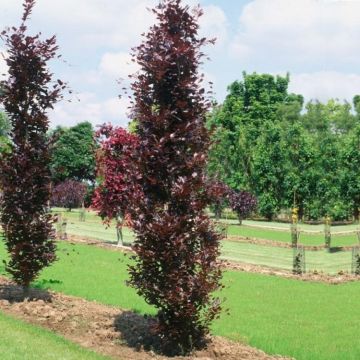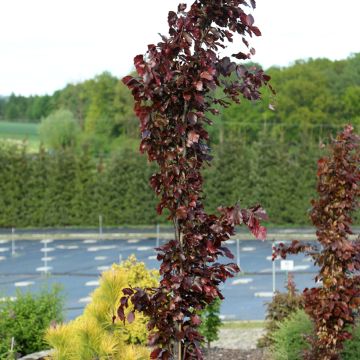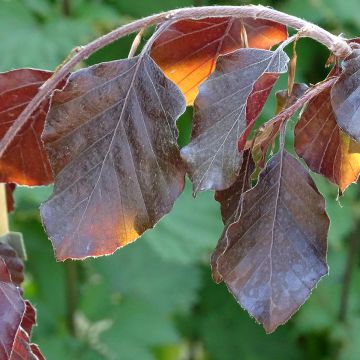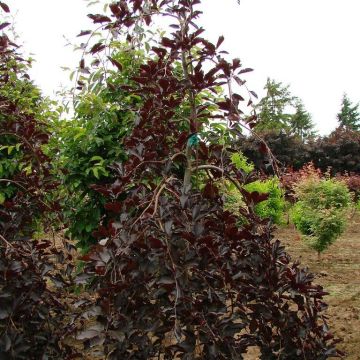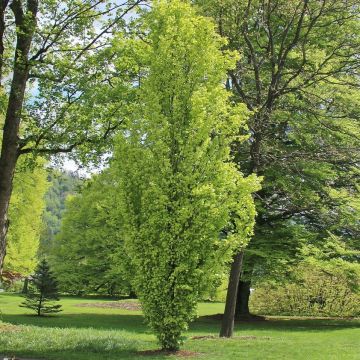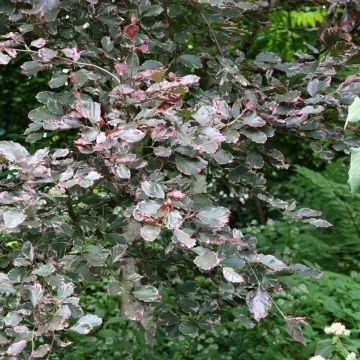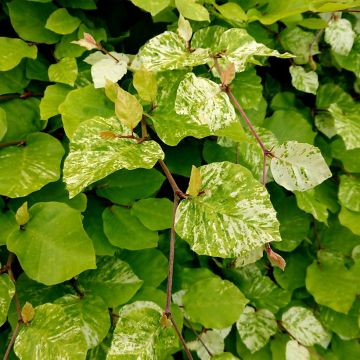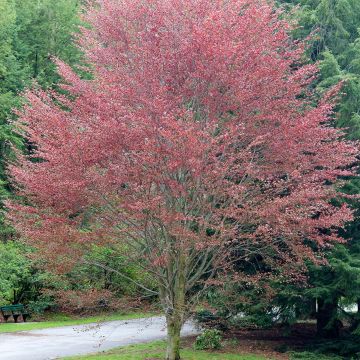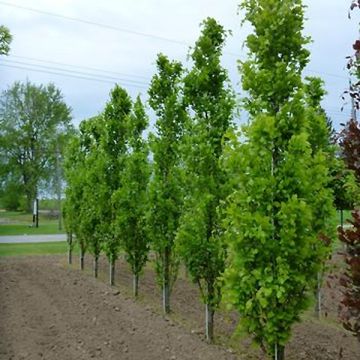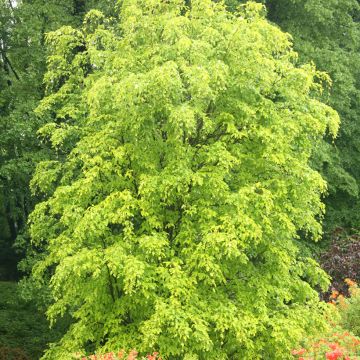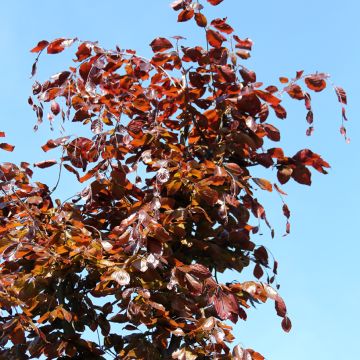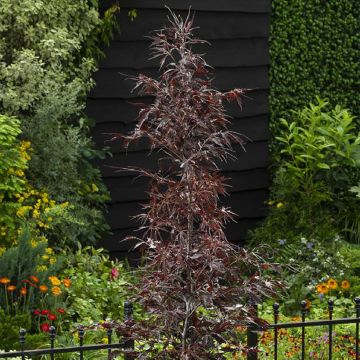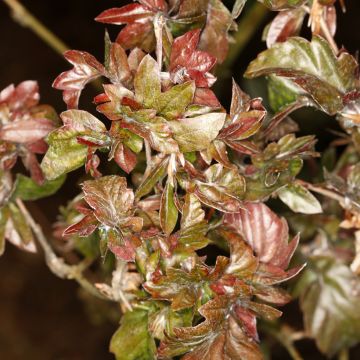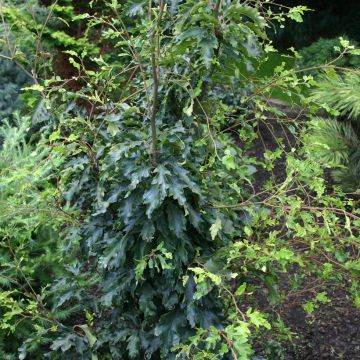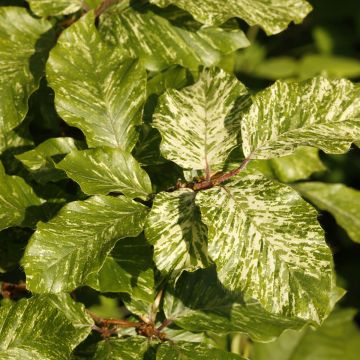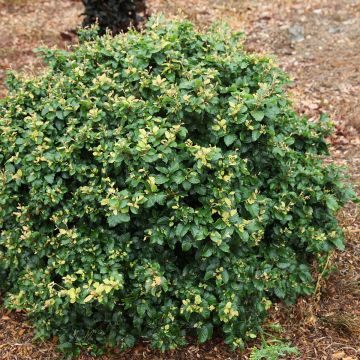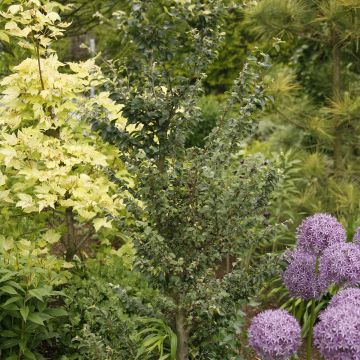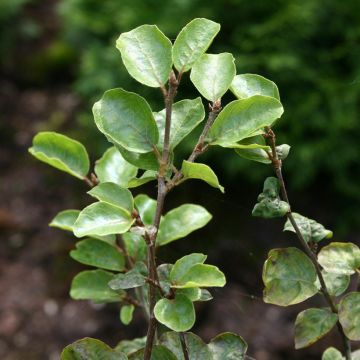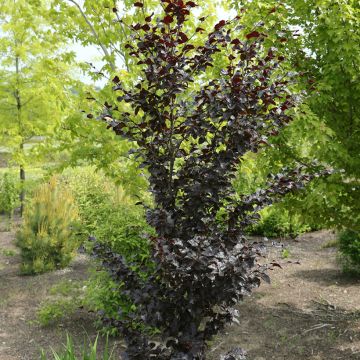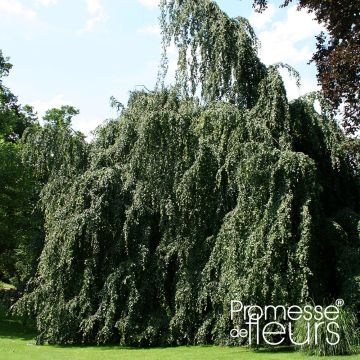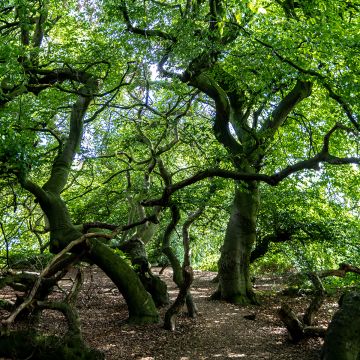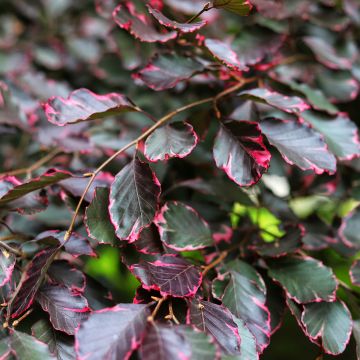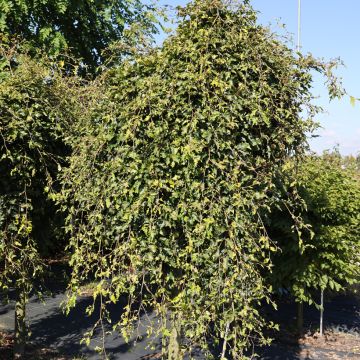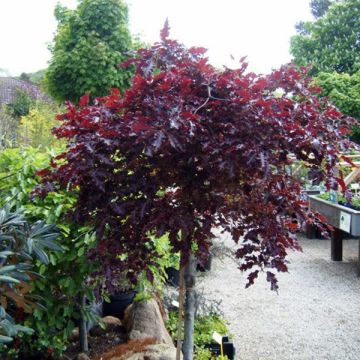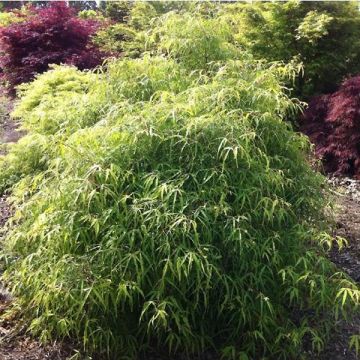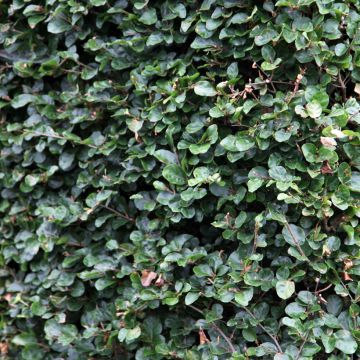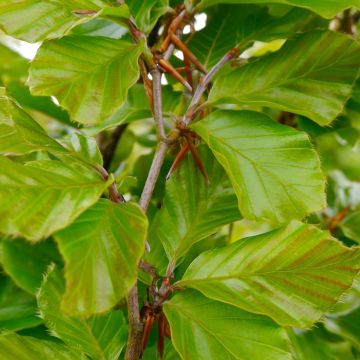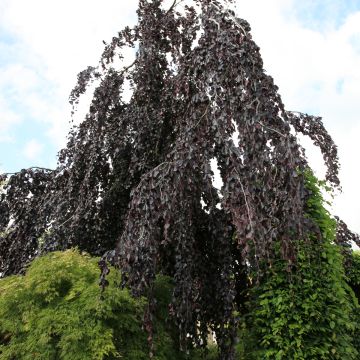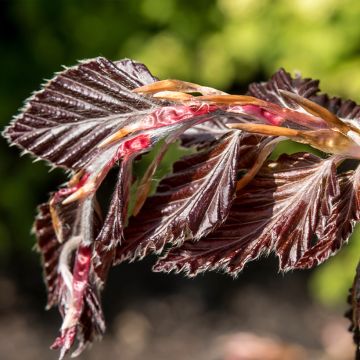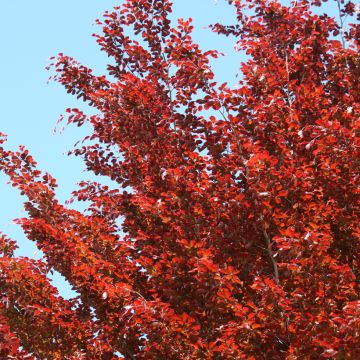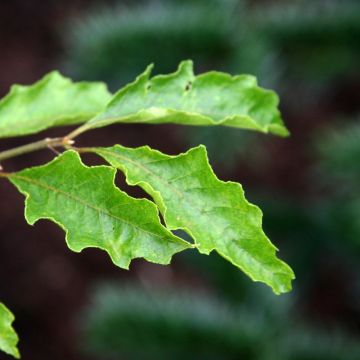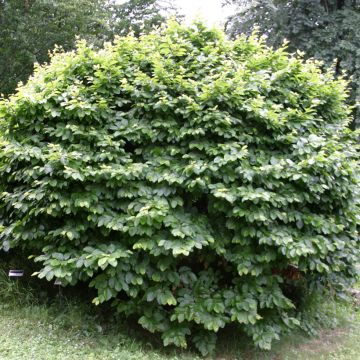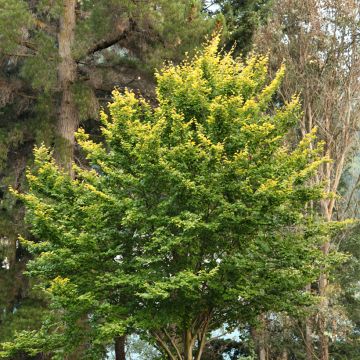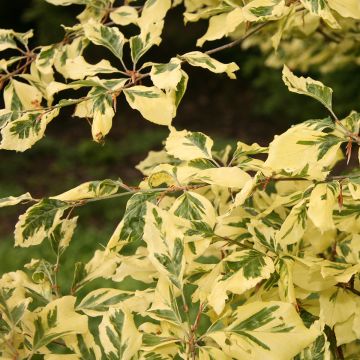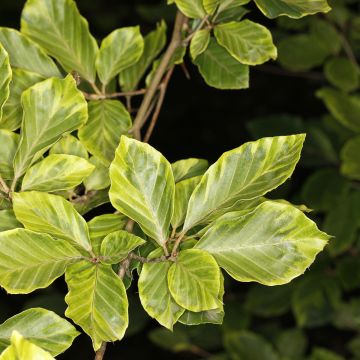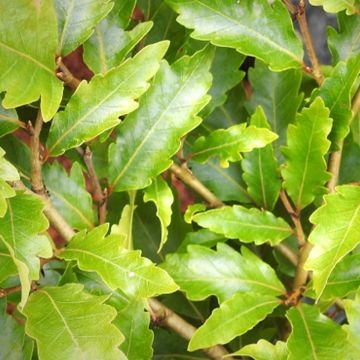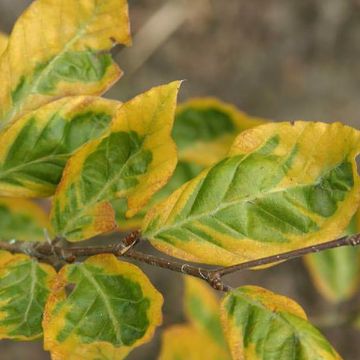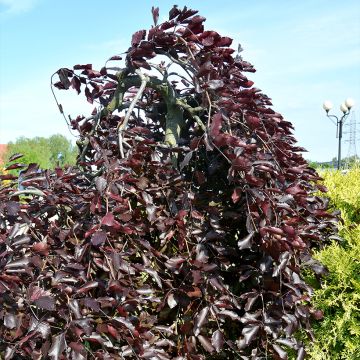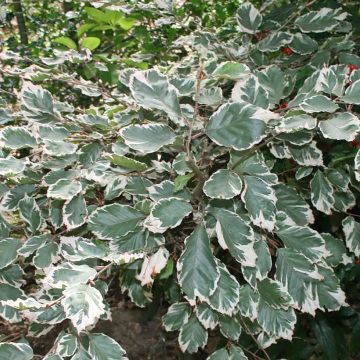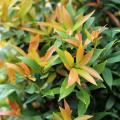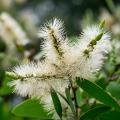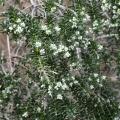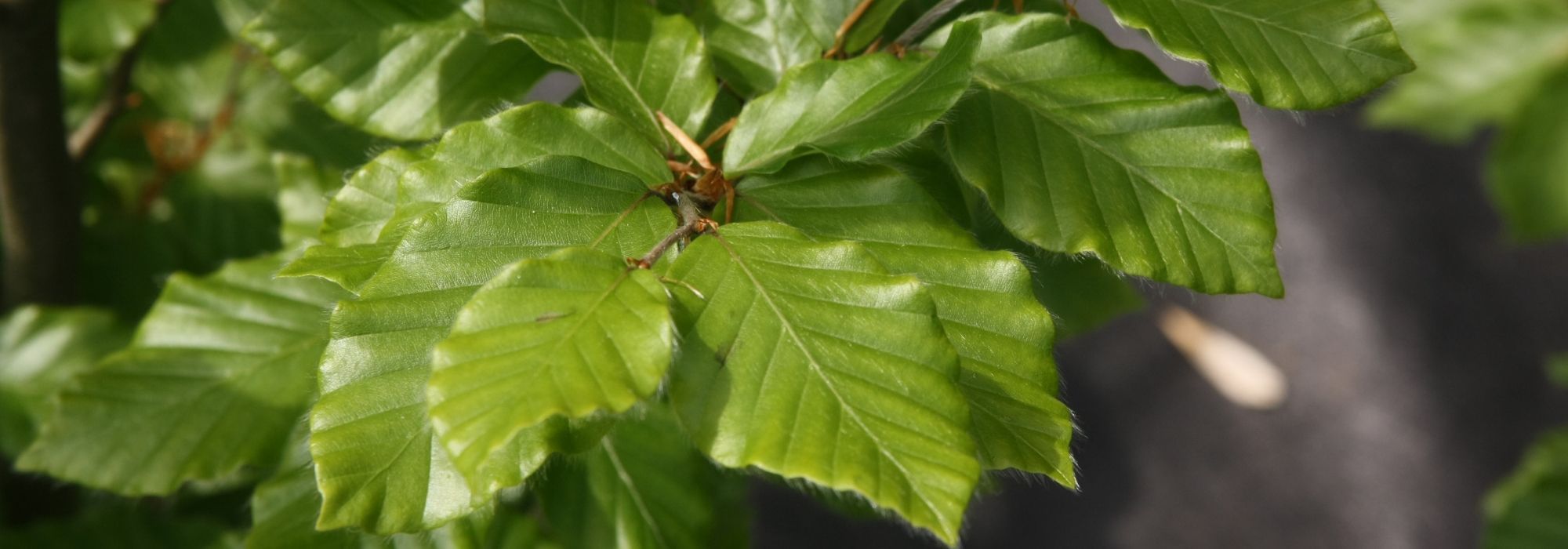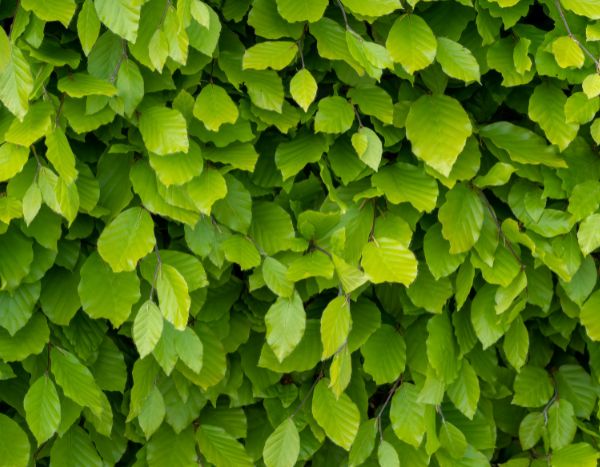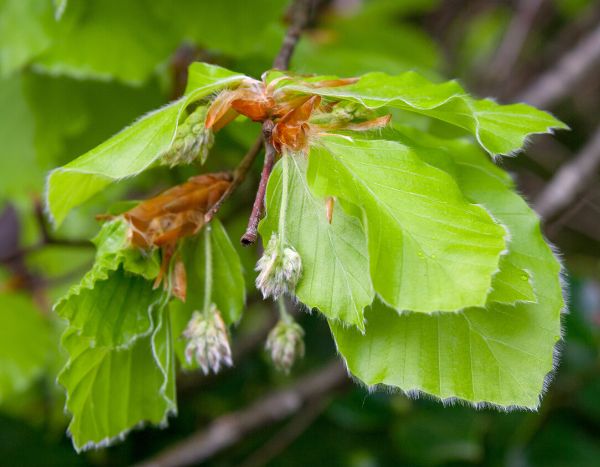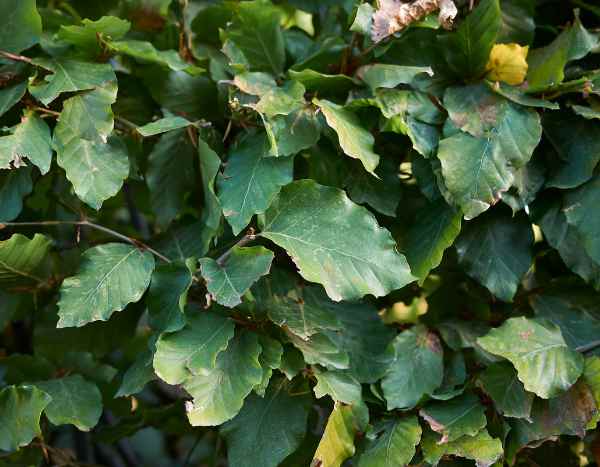Fagus - Beech
Would this plant suit my garden? Set up your Plantfit profile →
Available in 5 sizes
Available in 5 sizes
Available in 3 sizes
Available in 1 sizes
Available in 1 sizes
Available in 1 sizes
Available in 3 sizes
Available in 1 sizes
Available in 1 sizes
Available in 1 sizes
Available in 1 sizes
Available in 1 sizes
Available in 1 sizes
Available in 1 sizes
Available in 1 sizes
Available in 1 sizes
Available in 1 sizes
Available in 1 sizes
Available in 1 sizes
Available in 1 sizes
Available in 1 sizes
Available in 1 sizes
Available in 1 sizes
Available in 1 sizes
Available in 1 sizes
Available in 1 sizes
Available in 1 sizes
Available in 1 sizes
Available in 1 sizes
Available in 1 sizes
Available in 1 sizes
Available in 1 sizes
Available in 1 sizes
Available in 1 sizes
Available in 1 sizes
Available in 1 sizes
Available in 1 sizes
Available in 1 sizes
Available in 1 sizes
Available in 1 sizes
Available in 1 sizes
Available in 1 sizes
Available in 1 sizes
Available in 1 sizes
Available in 1 sizes
The Beech tree, Fagus in Latin, is one of the majestic trees of our forests called the Fagus sylvatica, or the common beech. The genus, cousin of the oak, is rich in species and varieties with various shapes, sizes and colours. Some, like the purple beeches Fagus sylvatica 'Atropurpurea' or Fagus sylvatica 'Purpurea Latifolia', are well-known and stand out in old parks and large gardens. Other varieties have been cleverly selected by horticulturists; for example, the Fagus sylvatica 'Mercedes', appreciated by bonsai enthusiasts, does not exceed 2 metres (7 feet) in height, beautifully coloured in autumn, perfectly adapted to small gardens. Some have superb variegated foliage; others have a columnar, weeping habit, golden foliage or fern-like leaves. Infinitely varied in appearance, beech trees are all deciduous trees with late leafing, long-lived, resistant to cold, fearing prolonged drought and having a shallow root system that requires protection from strong winds. They appreciate moist but well-drained soils and can tolerate limestone or sandy soils. In gardens, these highly ornamental trees are often placed individually. Those that are less spectacular make excellent hedge subjects due to their marcescent foliage, which only falls when new spring growth appears, and their ability to be pruned. Plant the beech tree in shade in hot and rather dry climates, especially the golden foliage varieties, but place it in a sunny location in cooler and more humid climates, which is the preferred exposure for all purple foliage varieties. Beeches can adapt to gardens located at higher altitudes, up to about 1500 m.
Haven't found what you were looking for?































